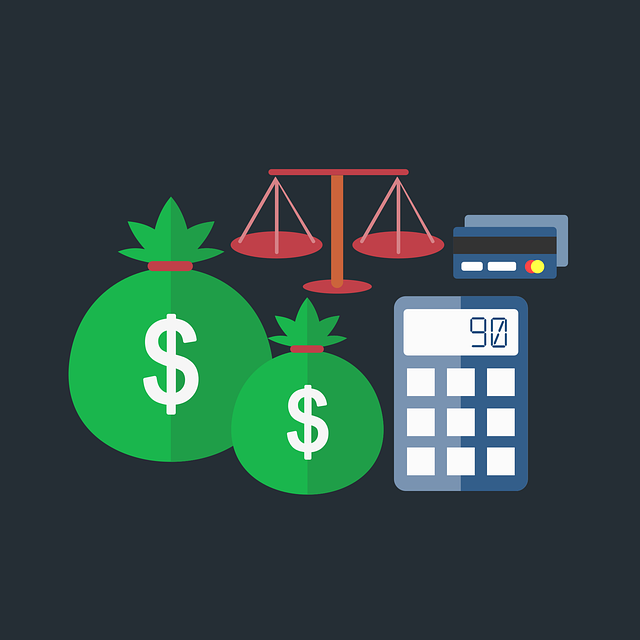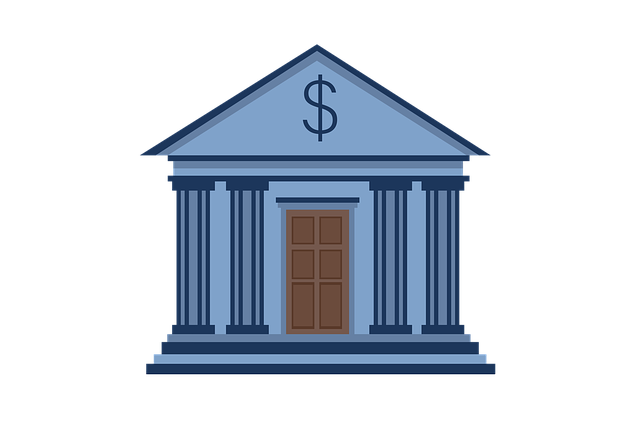Alternative financing is transforming the lending sector by offering more accessible and flexible options compared to traditional bank loans. Online platforms like peer-to-peer lenders, crowdfunding sites, and hard money loan providers cater to diverse borrower needs with faster approval times and tailored terms. However, these non-traditional loans often come with higher interest rates and less regulation, necessitating thorough research. As the digital era evolves, understanding this dynamic landscape is crucial for consumers seeking capital access in a rapidly changing financial world.
In today’s financial landscape, understanding the distinction between traditional loans and alternative financing options is paramount for both lenders and borrowers. While conventional banking approaches offer stability through established channels, the rise of alternative lending has revolutionized access to capital. This article explores this evolving paradigm shift, delving into the advantages and disadvantages of non-traditional loans, common types like peer-to-peer and hard money funding, and the future of loan accessibility, emphasizing the growing importance of alternative financing.
- Understanding Traditional Loans: The Conventional Banking Approach
- Exploring Alternative Financing: A New Paradigm in Lending
- Advantages of Alternative Loans: Flexibility and Accessibility for Borrowers
- Disadvantages and Risks Associated with Non-Traditional Loans
- Common Types of Alternative Loan Options: Peer-to-Peer, Hard Money, and More
- Navigating the Future: The Evolving Landscape of Loan Access
Understanding Traditional Loans: The Conventional Banking Approach

Traditional loans, often facilitated through conventional banking institutions, represent a longstanding approach to financing. These loans typically require borrowers to meet specific criteria set by banks, such as having a strong credit history and stable income. The application process involves extensive documentation and strict qualification measures, ensuring a low risk for lenders. This conventional method has been the go-to for many years, offering predictable terms and conditions that suit borrowers with excellent financial standing.
In contrast to traditional loans, alternative financing options have emerged as a more flexible and accessible form of borrowing. These alternatives, often referred to as alternative loans, bypass the rigid criteria of banks and provide funding opportunities to a broader range of individuals, including those with less-than-perfect credit histories. From peer-to-peer lending platforms to online lenders, this sector leverages technology to connect borrowers directly with investors, streamlining the application process and making financing more readily available.
Exploring Alternative Financing: A New Paradigm in Lending

In recent years, the financial landscape has witnessed a significant shift as traditional lending models face increasing competition from alternative financing options. This new paradigm in lending is reshaping how individuals and businesses access capital, offering speed, flexibility, and specialized services that often elude conventional loans. Alternative financing, encompassing a wide range of non-traditional payment solutions, caters to diverse needs, from small businesses seeking quick funding to consumers preferring digital banking methods.
This evolving sector includes peer-to-peer lending, crowdfunding, and online lenders who leverage technology to streamline the borrowing process. These platforms provide an alternative to traditional banks, particularly for those with limited credit history or unique financial requirements. By tapping into a network of investors and utilizing advanced data analytics, alternative financing offers personalized solutions, faster approval times, and sometimes more competitive interest rates, thereby democratizing access to capital and fostering innovation in the lending industry.
Advantages of Alternative Loans: Flexibility and Accessibility for Borrowers

Alternative loans offer a unique set of advantages that traditional financing methods often lack. One of the key benefits is the flexibility they provide to borrowers. Unlike rigid bank loans, alternative financing options are typically more adaptable in terms of repayment schedules and loan amounts. This allows individuals and businesses to tailor their borrowing needs to specific goals, whether it’s funding education, starting a small business, or managing unexpected expenses.
The accessibility of alternative loans is another significant draw. These non-traditional lending sources often cater to a broader range of borrowers who may not qualify for conventional bank loans. This inclusivity is particularly beneficial for those with limited credit history or lower credit scores, enabling them to gain access to much-needed capital. With their flexibility and reach, alternative loans have the potential to empower individuals and support entrepreneurial endeavors that might otherwise struggle to secure funding through traditional channels.
Disadvantages and Risks Associated with Non-Traditional Loans

While alternative financing options have gained popularity for their accessibility and flexibility, it’s crucial to be aware of potential drawbacks. Non-traditional loans, often presented as quick fixes or specialized solutions, may come with higher interest rates and less favorable terms compared to conventional loans. These loans are usually tailored to cater to specific needs, making them risky ventures. Borrowers might find themselves in a cycle of debt, especially if they lack the financial stability or fail to meet the unique repayment conditions set by alternative lenders.
The risks associated with alternative financing can be exacerbated by the lack of regulation and oversight compared to traditional banking institutions. This absence of standard practices can lead to unpredictable terms, hidden fees, and limited borrower protection. It’s essential for individuals considering non-traditional loans to thoroughly research the lender, understand the full cost of borrowing, and assess their capacity to repay before committing to such arrangements.
Common Types of Alternative Loan Options: Peer-to-Peer, Hard Money, and More

In the realm of alternative financing, several unique loan options have emerged to cater to diverse needs beyond traditional banking. One prominent player is Peer-to-Peer (P2P) lending, which connects borrowers directly with individual lenders, often facilitating loans through online platforms. This innovative approach democratizes access to capital and can offer more flexible terms compared to conventional loans.
Another notable alternative is Hard Money Loans, typically provided by private lenders or investment firms. These loans are characterized by shorter timelines, simplified application processes, and concrete collateral requirements, making them attractive for real estate investments or business ventures that demand swift funding. Additionally, Crowdfunding has gained traction as an alternative financing method, allowing entrepreneurs and creative projects to raise funds from a large pool of individual contributors, often through dedicated online platforms.
Navigating the Future: The Evolving Landscape of Loan Access

Navigating the Future: The Evolving Landscape of Loan Access
In today’s digital era, the way we access financing is undergoing a profound transformation. Traditional loan options, once the cornerstone of financial services, are being challenged by the rapid growth and popularity of alternative financing. Alternative loans, often facilitated through online platforms, offer speed, flexibility, and accessibility that traditional banks struggle to match. This shift towards alternative financing caters to a broader range of borrowers, including those who may have been previously excluded due to stringent eligibility criteria or poor credit history.
The evolving landscape presents both opportunities and challenges. While alternative loans provide quicker access to capital and tailored solutions for diverse needs, they also come with varying interest rates and terms that require careful consideration. As consumers become increasingly savvy, understanding the nuances between traditional and alternative loan options will be key to making informed financial decisions. This new era of loan accessibility demands a nuanced approach, where borrowers can navigate the benefits and risks of both traditional and innovative financing models.
